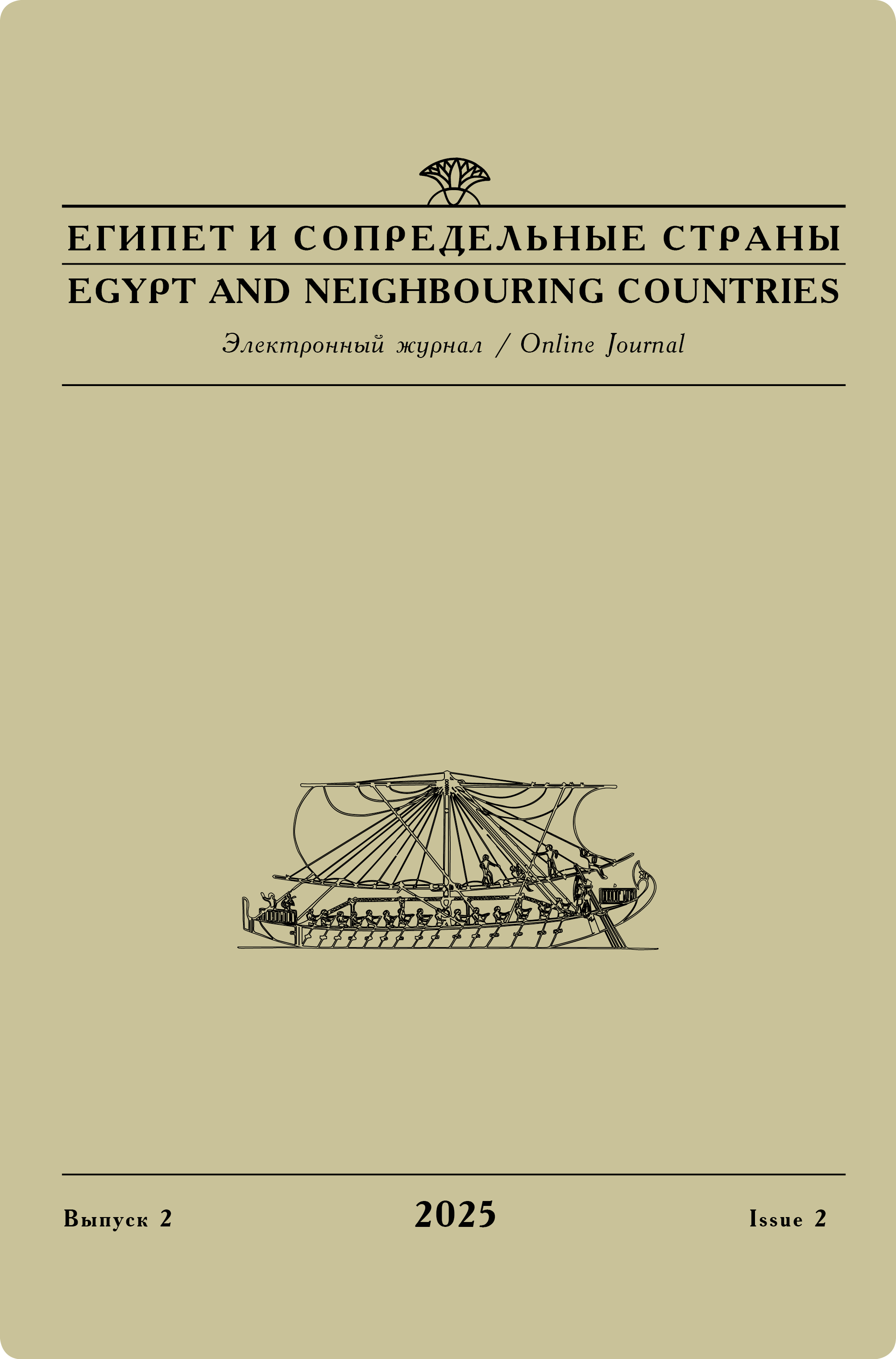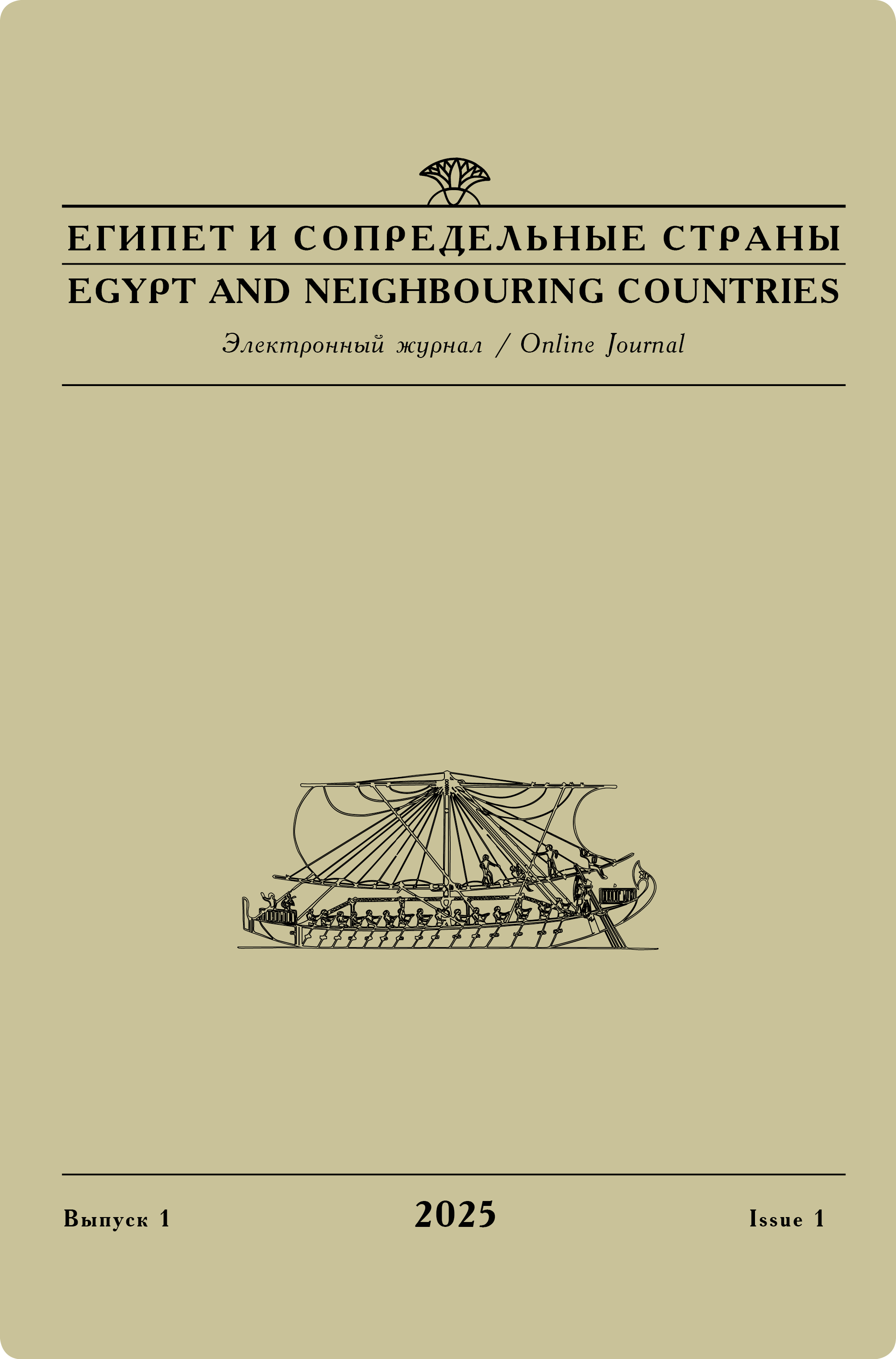Issue 1, 2019
V. P. Golikov
Krashenie tekstilia v Egipte: okraska sherstianykh volokon marenoi krasil'noi [Dyeing of textiles in Egypt: the common madder]
Late Antique archaeological fabrics from Egypt are unparalleled masterpieces of the art of dyeing. Tapestry inserts on so-called Coptic textiles features up to 10 colors and their tints. Ancient crafts-men used complex biotechnologies without having any idea of chemical processes that occur in dyeing solution under different conditions. By the 4th century AD as a result of experiments and long experience Egyptians developed a number of certain technological parameters, knowing of which allowed them to create true masterpieces of the applied arts. Gradually textile production in Egypt fell under the influence of Arabs. Technologies became easier, range of colors got limited, past variety disappeared. In the Middle Ages there were no analogies to the ‘Coptic’ textiles. It is only China and Iran that in the 15th–17th centuries reached this level up to some extent.
Keywords:
Egypt, 'Coptic' textile, technologies, techniques, mordant dyeing, wool fibers, common madder.
Original language — Russian.
DOI: 10.24411/2686-9276-2019-00002
Referring: Golikov V. P. Dyeing of textiles in Egypt: the common madder [in Russian] // Egypt and neighbouring countries 1 (2019): 28–35. DOI: 10.24411/2686-9276-2019-00002.
Read full article




